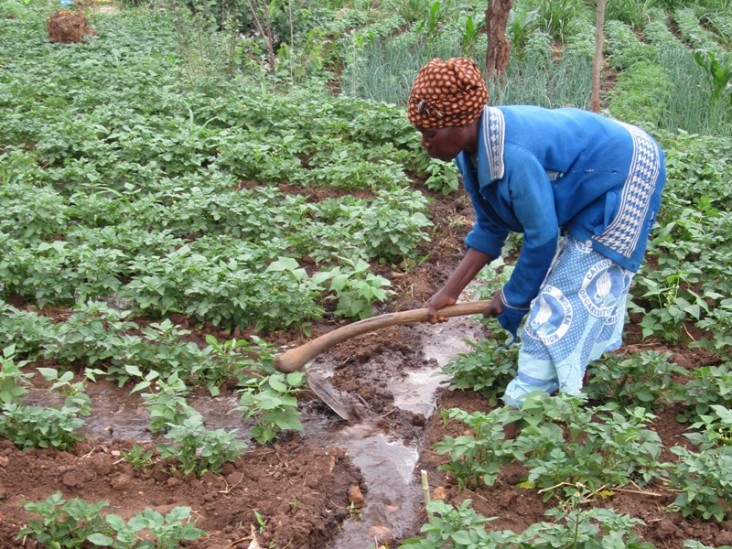- What We Do
- Agriculture and Food Security
- Democracy, Human Rights and Governance
- Economic Growth and Trade
- Education
- Ending Extreme Poverty
- Environment and Global Climate Change
- Gender Equality and Women's Empowerment
- Global Health
- Water and Sanitation
- Working in Crises and Conflict
- Disaster Assistance
- Political Transition Initiatives
- Conflict Mitigation and Prevention
- Countering Violent Extremism
- Disaster Risk Reduction
- Peacebuilding and Reconciliation
- Providing Safe & Secure Environments for Development
- Recovering From Crisis
- Resilience
- Tech Challenge for Atrocity Prevention
- World Humanitarian Day
- U.S. Global Development Lab

Diversified, Resilient Livelihood Strategies
A family with only one means of support has nothing to fall back on if that livelihood is destroyed by a disaster. A family solely dependent on cattle, for instance, faces a grim future if their herd is decimated by drought, making alternative coping strategies essential for survival.
USAID's disaster risk reduction programs work hand-in-hand to complement development-oriented initiatives by focusing on reducing vulnerability to specific hazards. USAID promotes the sustainable management of land and natural resources to build resilience among vulnerable populations, particularly those impacted by climate change and variability. Along these lines, USAID supports programs that increase the ability of men and women farmers to produce food for their families, as well as the diversification of livelihoods.
Through practices like conservation agriculture, production of drought tolerant crops, and other approaches to diversifying livelihoods, communities spread risk and are less vulnerable to the hazard. Livelihood programs responding to urban challenges are equally critical, as are programs aimed at building or restoring environmental resilience.







Comment
Make a general inquiry or suggest an improvement.